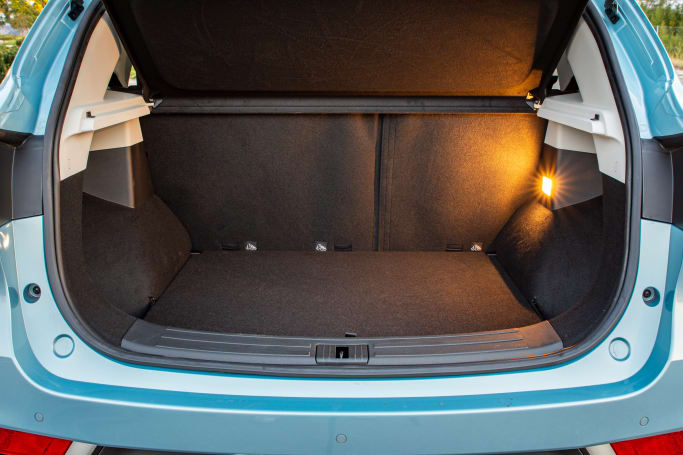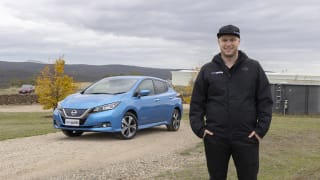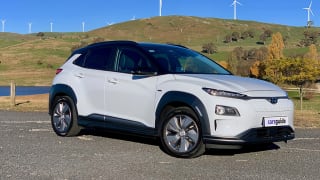The new MG is full of surprises. Actually, now that Kia is done with its previous tagline: “The Power to Surprise” perhaps MG should take it, because it fits the now-China-based brand almost better than it ever fit the Korean giant.

Originally, MG talked about pitching its ZS EV at a price that would have placed it alongside the Nissan Leaf, but at the EV’s launch, it dropped a surprise price-slash from $46,990 to just $43,990 drive-away, securing its place as the cheapest option on the market for anyone wanting a full EV.
The ZS EV comes in only one spec, the Essence, which is equivalent to the highest-spec version of the petrol car. Even so, the electric version has some extra goodies.
It gets its own set of 17-inch wheels (which somehow look tiny, more on that later), it’s own 8.0-inch multimedia screen, a significant upgrade on the one in the basic ZS, with Apple CarPlay and Android Auto connectivity, built-in nav, faux-leather interior trim, a panoramic glass sunroof, keyless entry with push-start ignition, LED DRLs with halogen headlights, and a six-way, power-adjustable driver’s seat.

It's a decent amount of fruit for a mid-size SUV, although there are areas where it is obvious this car is built to a specific price-point. The synthetic, leather-look trim is pretty ordinary, as is this car’s software (a common MG theme), particularly its laggy sat-nav suite. Halogen headlights are also pretty lame on an EV, and work against this car’s otherwise snazzy design. The same goes for the lack of a digitised instrument cluster, but it’s almost a quaint touch to have analog dials for an electric car.
Still, it’s nice that the interior trims and multimedia screen have been upgraded significantly from the combustion ZS, making the EV feel a bit special, but not quite as special as the ZS T (a facelift which is sold alongside the old car).
On the topic of the ZS T, we have it on good authority that the EV variant you see here will be upgraded to the ZS T look and feel imminently. This is good for interior quality and the exterior looks, but it might also take a price hike, so keep that in mind before choosing to hold out for the update.



















